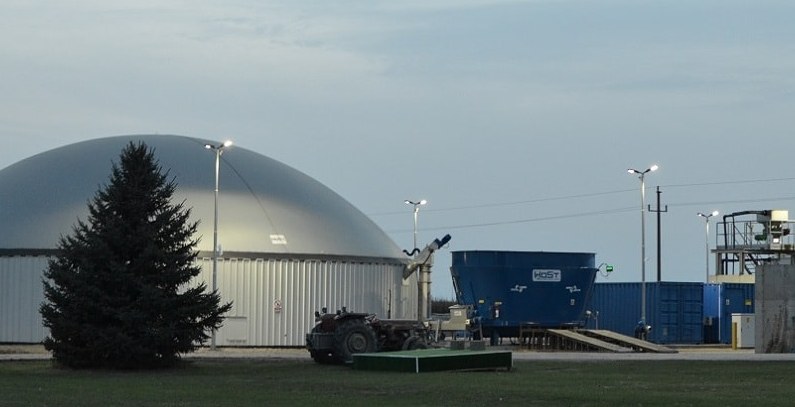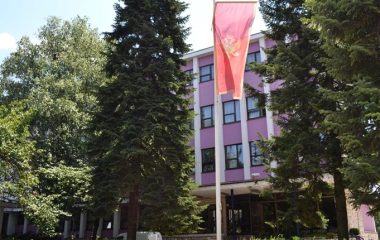
Slika: bioelektra.rs
A biogas combined heat and power plant (CHP) in the Vojvodina village of Botoš could be the first facility in Serbia to start using waste heat, to provide heating to local public and other facilities, according to reports.
The facility could take this step with the support of the Serbian Ministry of Environmental Protection, the German federal state of Baden-Württemberg, and the Development of a Sustainable Bioenergy Market in Serbia project, implemented by the German Society for International Cooperation (GIZ), according to the City of Zrenjanin’s website.
The 600-kW CHP plant, using agricultural biomass as fuel, is operated by Botoš-based Bioelektra, which unveiled the facility under an EUR 2.5 million investment in 2016, backed by the Dutch government with an EUR 688,000 equipment donation and the Serbian Ministry of Mining and Energy with an EUR 275,000 subsidy.
Bioelektra’s owner Branislav Pomoriški said that GIZ is making utmost efforts to help introduce district heating in Botoš, a village of some 2,000 residents.
“The idea is very realistic, and we can expect Botoš to become the first village in Serbia to have district heating in the near future,” added Pomoriški during a visit of Andre Baumann, state secretary in Baden-Württemberg’s Ministry of the Environment, Climate Protection, and the Energy Sector.
Facility’s capacity planned to be tripled
For Zrenjanin Mayor Čedomir Janjić, this is a great idea, one that would both cut costs and save heat energy. “We are making additional efforts to find partners and finance the construction of a heat pipeline to run to the center of the village, where public institutions are, and of course to ensure the entire project is cost-effective for end-users,” he said.
The facility is planned to boost its installed capacity to 1.8 MW and produce 15 million kWh of electricity annually, up from 5 million kWh currently.
Apart from public facilities spanning some 5,000 square meters, the project could also provide heating using hot water to residential facilities with a floor area of 3,000 square meters.









Be the first one to comment on this article.